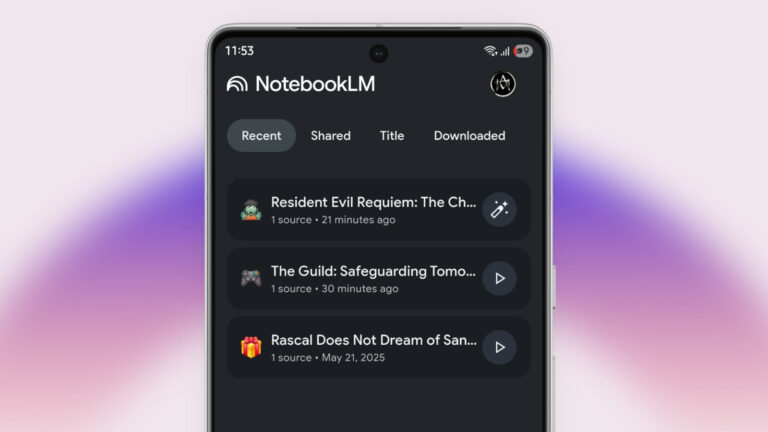In a rare move, Apple has quietly hidden its new Mac ad that urged youngsters to buy Macs for their parents, drawing attention from both fans and critics. The campaign, called “The Parent Presentation,” was launched as part of Apple’s back-to-school push, targeting college-bound students and their families. The centrepiece was a video featuring comedian Martin Herlihy, who demonstrated how students could use a downloadable slideshow to convince their parents that a Mac is the right choice for university life.

The ad was initially given a prominent spot at the top of Apple’s College Students page and was uploaded to YouTube. The video showed students practicing their pitches, highlighting features of the MacBook Air such as its lightweight design and the benefits of macOS for students. The downloadable “Parent Presentation” slideshow, available in PowerPoint, Keynote, and Google Slides formats, included 81 slides with a mix of humorous and practical reasons for choosing a Mac over a PC.
However, within just a day, Apple marked the video as private on YouTube, making it inaccessible to viewers. The campaign was also quietly moved to the bottom of the College Students page, significantly reducing its visibility. No official explanation has been given for the removal, and Apple has not responded to media requests for comment.
Why did the ad disappear?
The ad’s disappearance comes after a wave of mixed reactions on social media. Some viewers described the video as awkward or “cringe,” with criticism focusing on its tone and approach toward the student audience.
While the video is no longer available, the downloadable presentation remains accessible for students who want to use it as part of their back-to-school preparations.
This is not the first time Apple has withdrawn an ad shortly after launch. In the past year, the company has removed several campaigns following negative feedback, including the “Crush!” iPad Pro commercial and the “Out of Office” spot. The quick removal of “The Parent Presentation” highlights how quickly public response can force companies to take action.
It appears that Apple doesn’t want to lose its younger audiences. At the same time, this ordeal sheds light on how important it is for brands to be in sync with digital culture of the time and to find new ways to connect with new generations. The old tricks that worked 10 years ago may not work today, and Apple has no choice but to adjust in hopes of connecting with a broader audience.



















